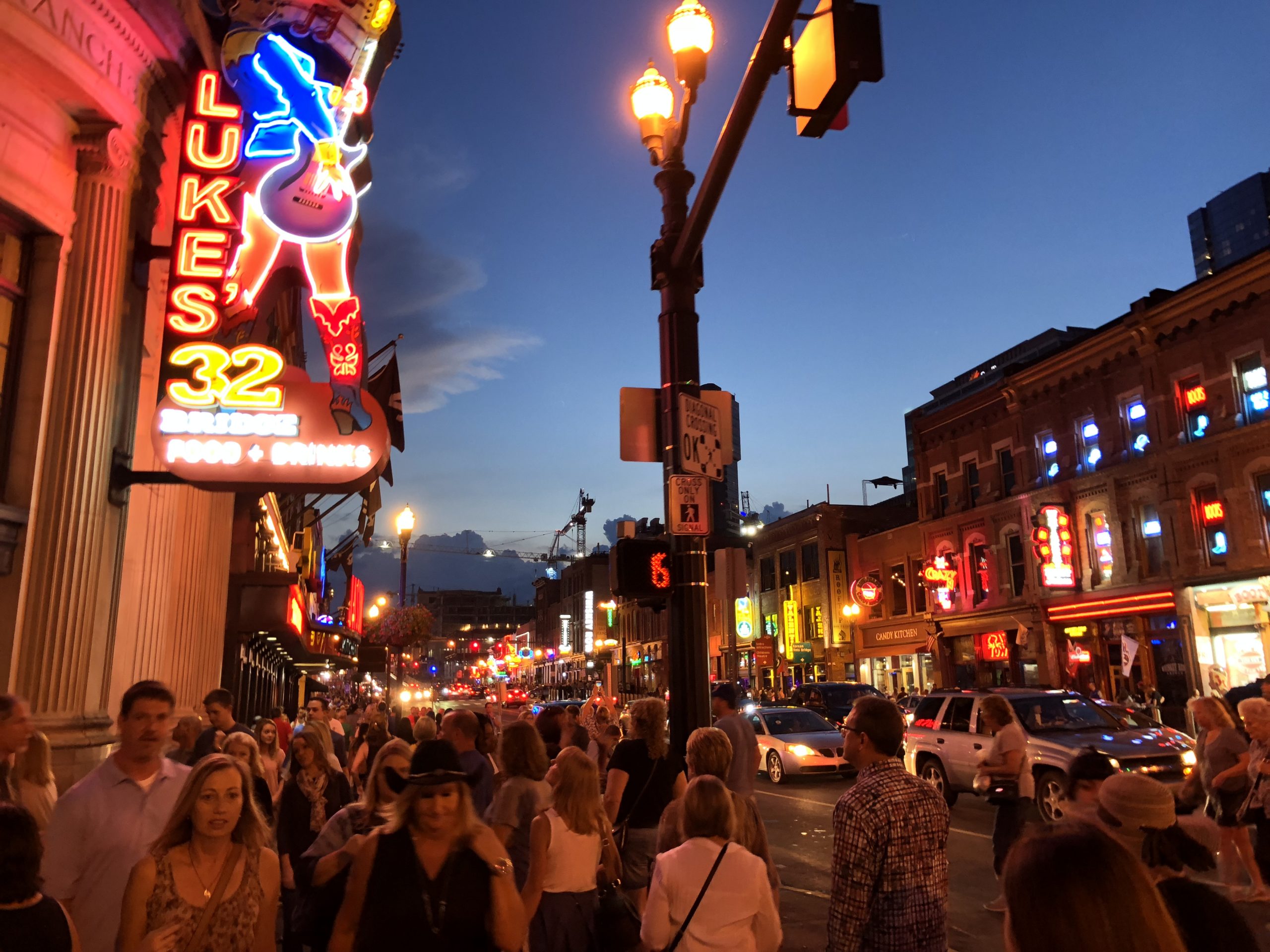Nashville, Tennessee, is the home of country music. The heart of the city’s music scene is Broadway Street, and it is quite something to see:
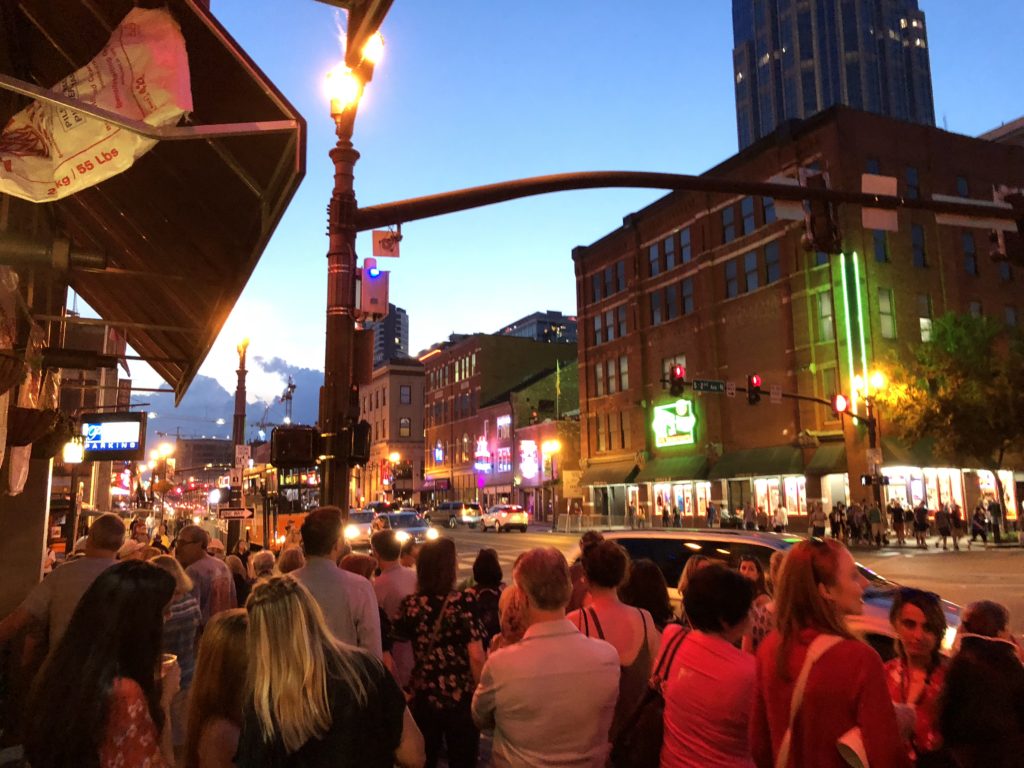
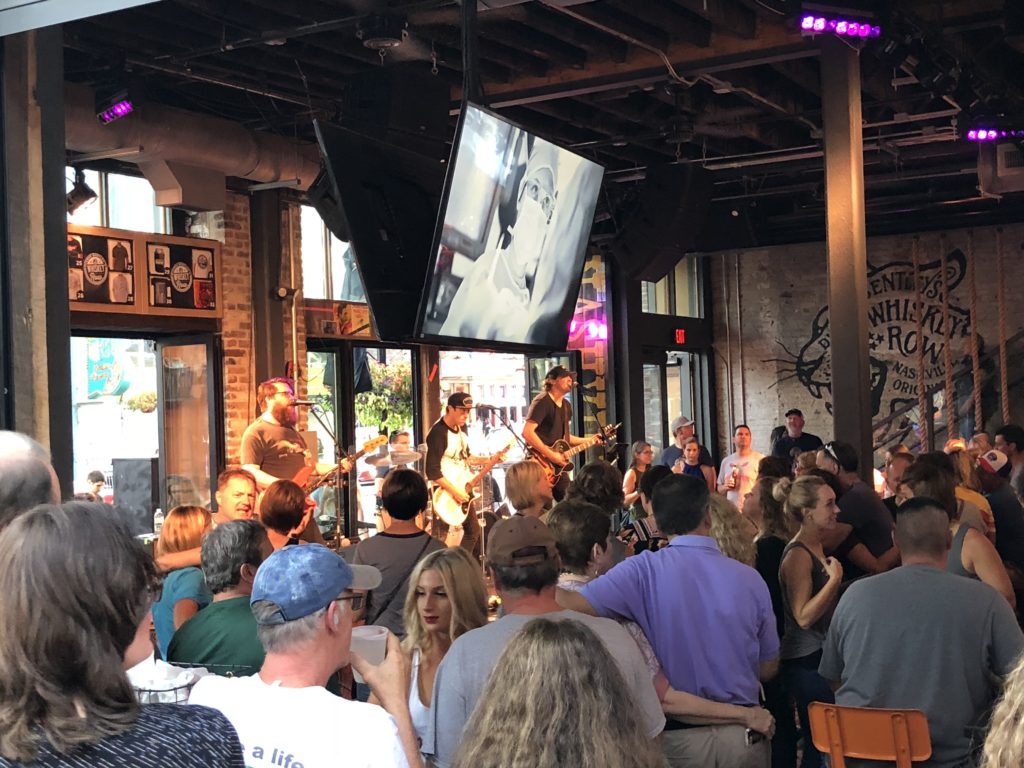
Broadway Street is absolutely packed with “honky-tonks” – boozy bars with live music, food, and dancing. It’s fun, lively, and the atmosphere is infectious. With all the buzz, we could’ve been in the heart of New York City.
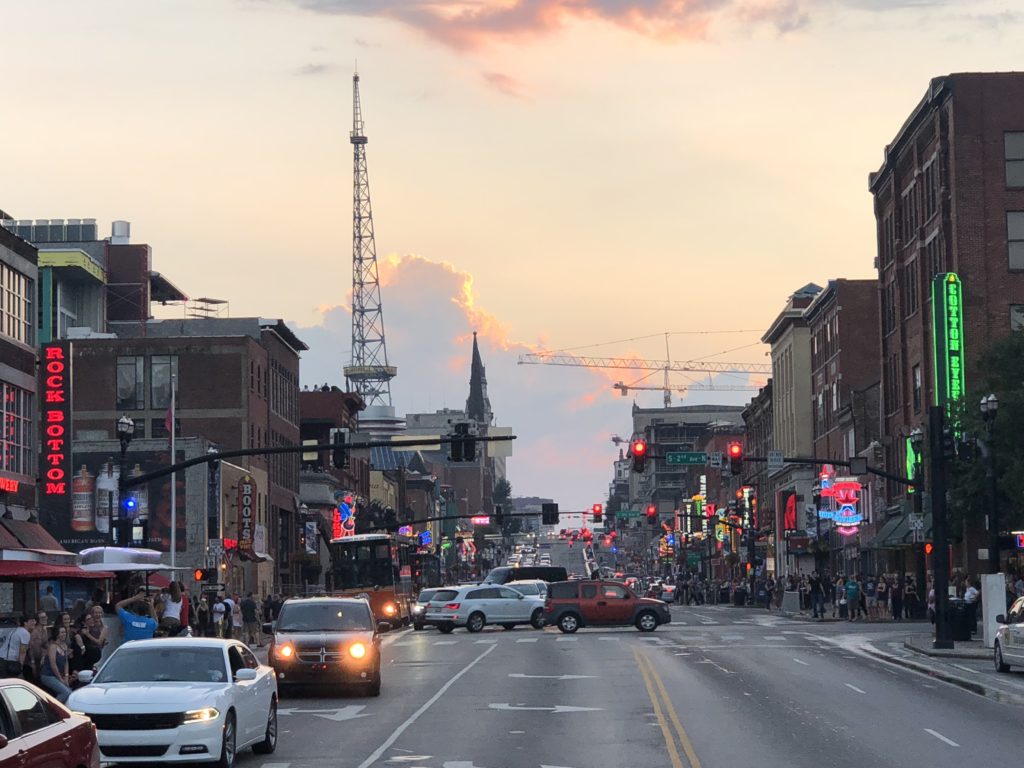
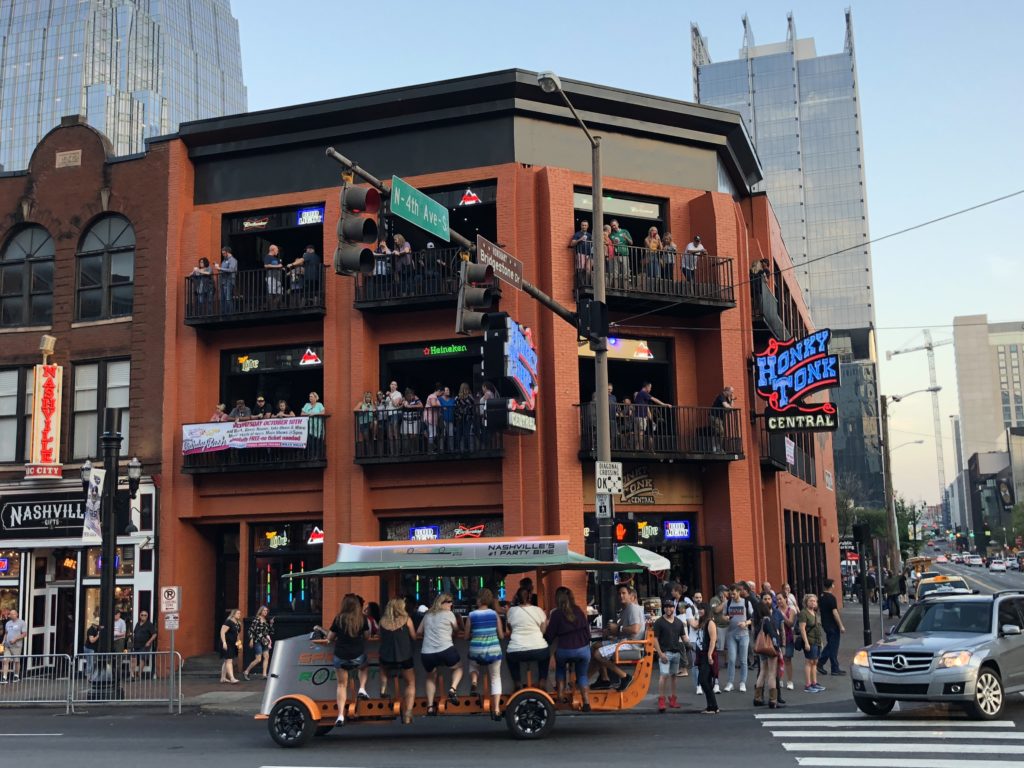
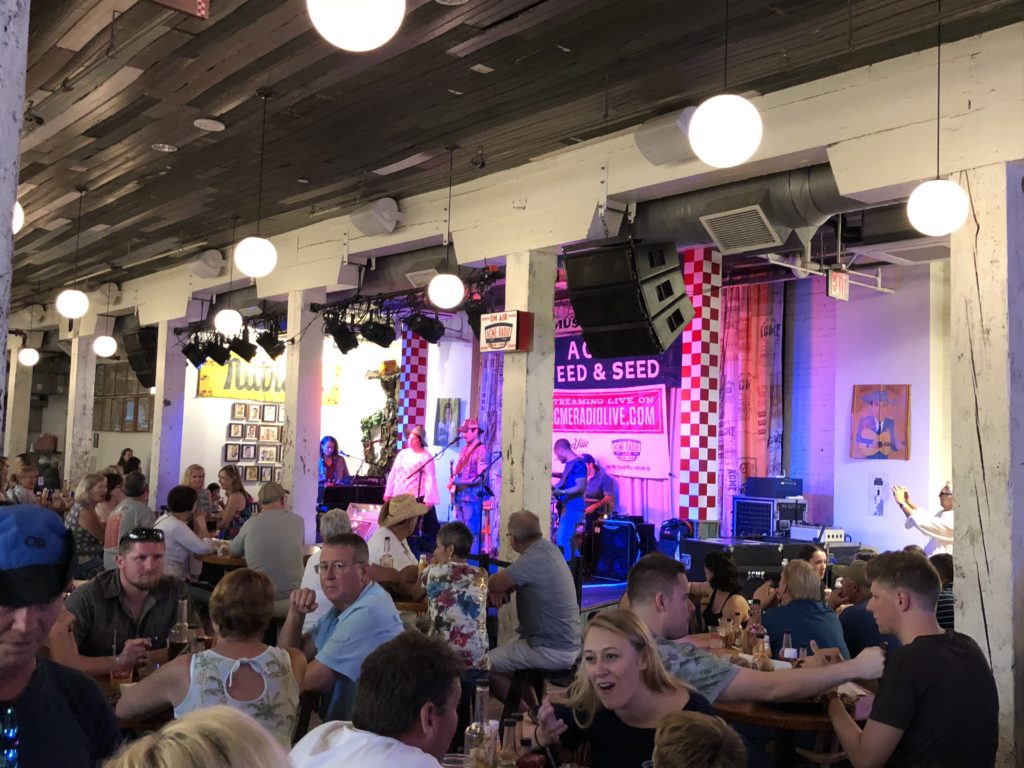
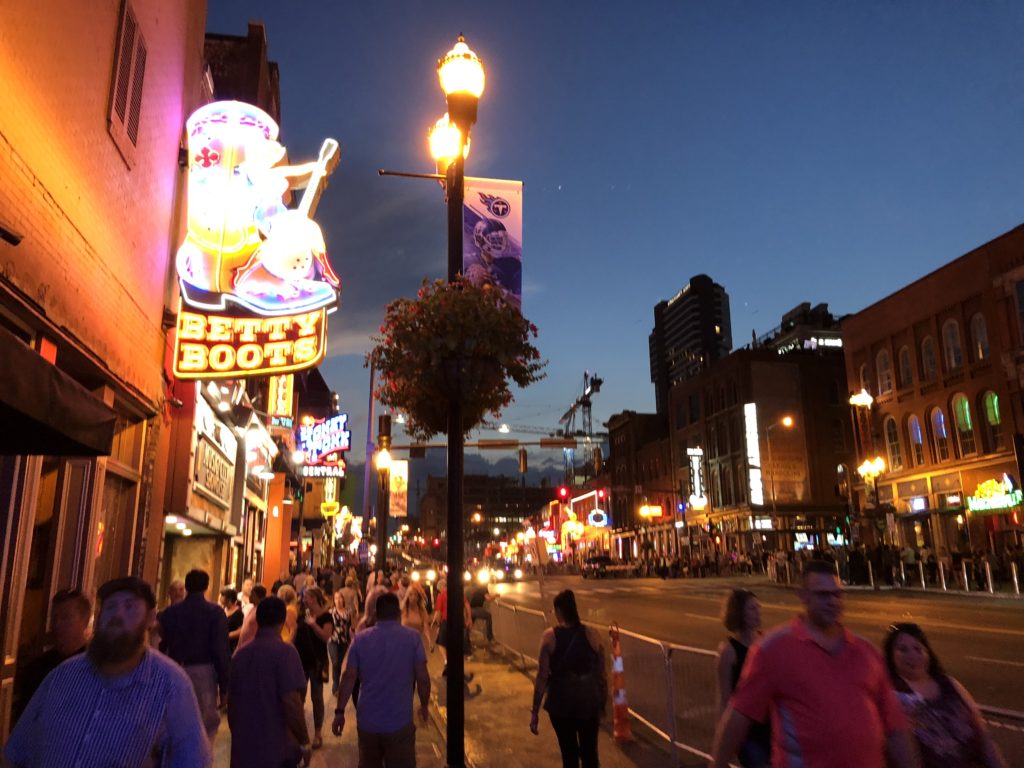
Just off Broadway is the famous Ryman Auditorium, a place that was pivotal to the popularisation of country music. It began life as a church, before transitioning into a live venue for concerts, shows, lectures, & other forms of entertainment (retaining the church pews, though). The “Grand Ole Opry”, a country music program on a local radio station, made its on-air debut in 1925. As the show grew in popularity, it moved to a series of larger venues before finding a permanent home at “The Ryman” in 1943. It was broadcast from The Ryman every week for 31 years, with every show sold out. Every country star performed here at the “Mother Church of Country Music”. In the 1970’s, having outgrown The Ryman, the Grand Ole Opry moved to a custom built spot outside of town, where the show goes on as the longest running radio broadcast in the country. The Ryman, after major refurbishment, remains an iconic performance venue.
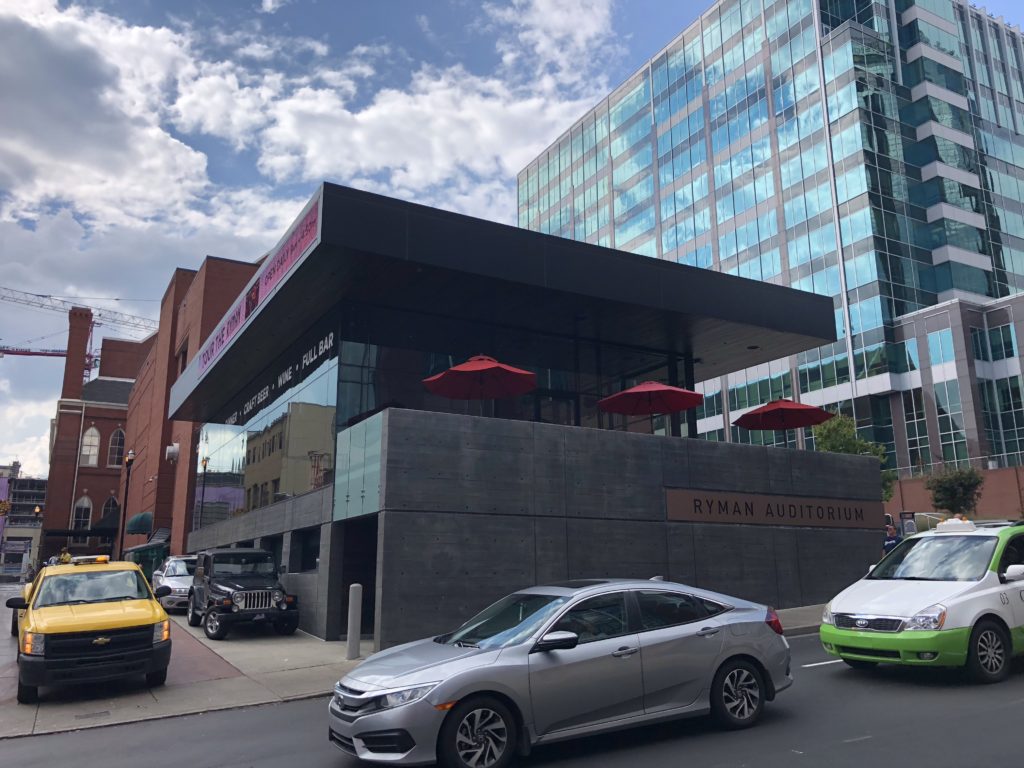
One regular performer at the Ryman was the legendary Johnny Cash. While his career kicked off in Memphis, it seems that Nashville is his musical home. We checked out the Johnny Cash Museum, just off Broadway.
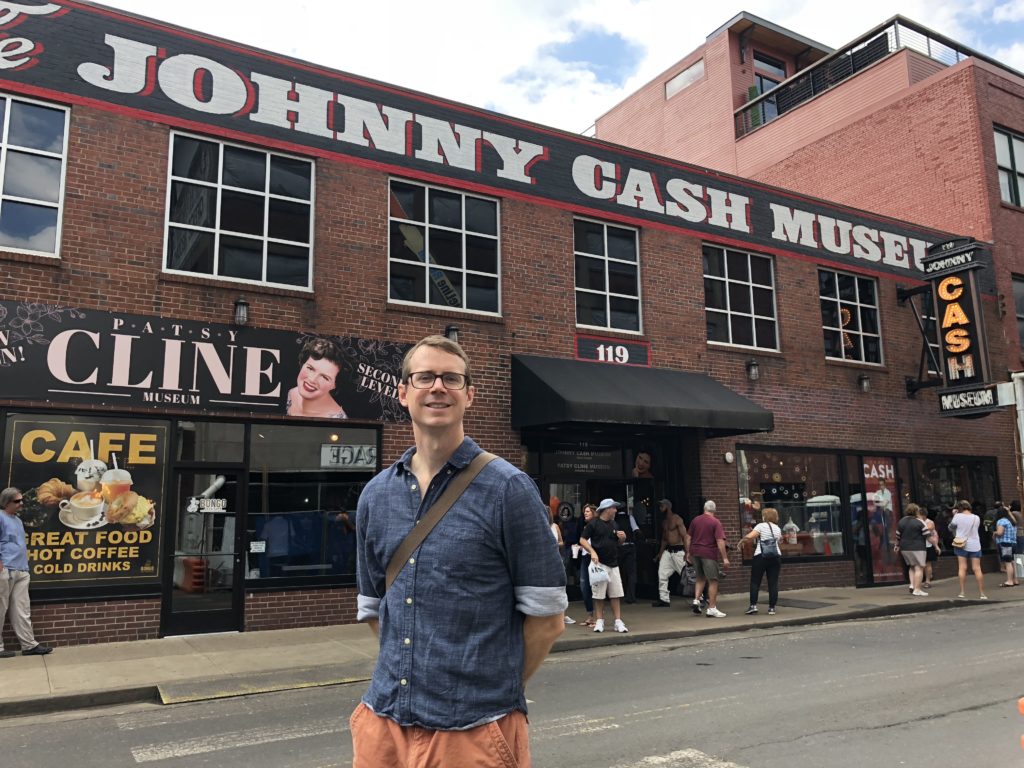
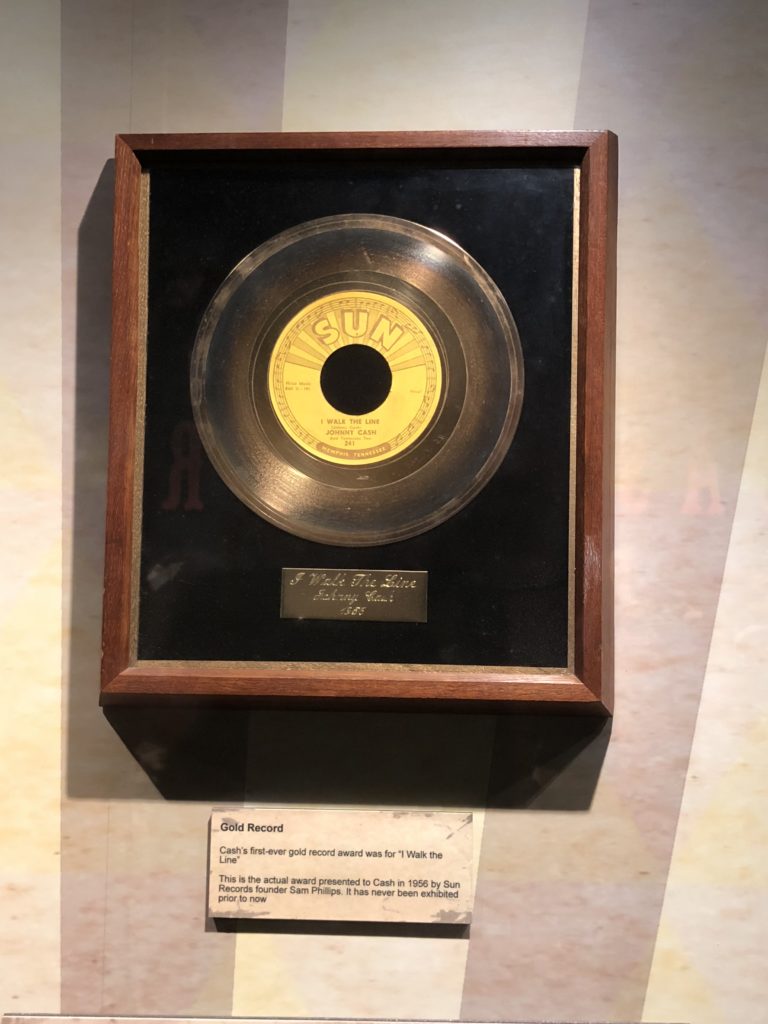
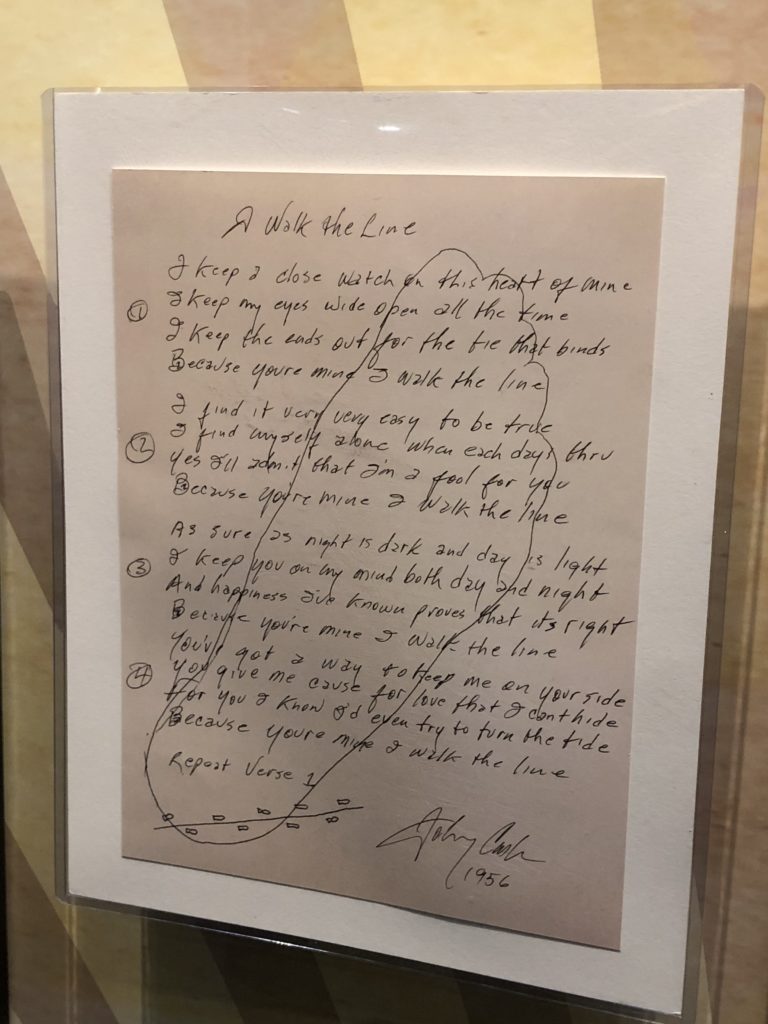
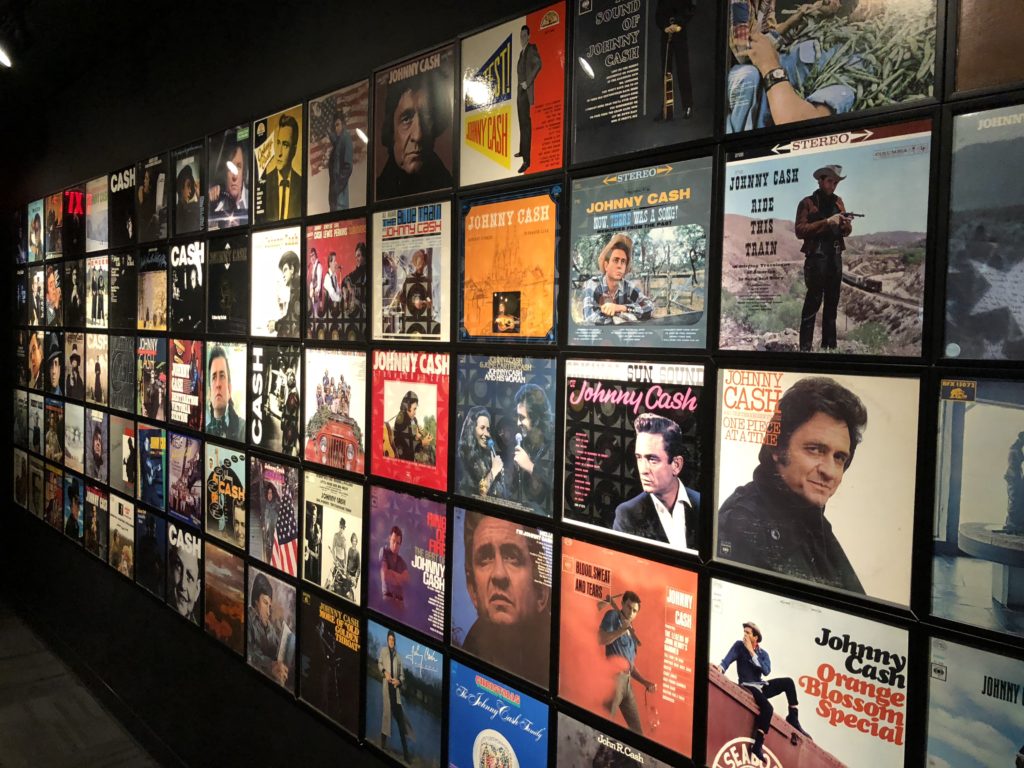
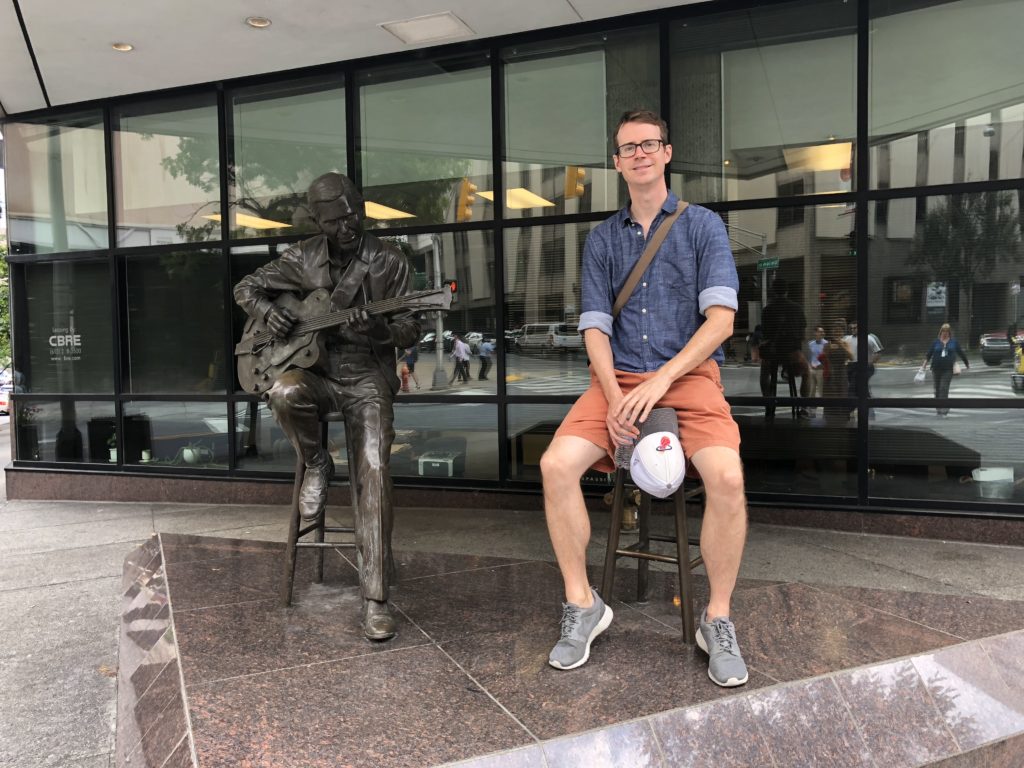
Nashville is home to Tennessee’s State Capitol (completed 1859), an impressive building on a hill in the centre of town. It overlooks the Tennessee State Museum, our next stop and a nice segue into the town’s history.
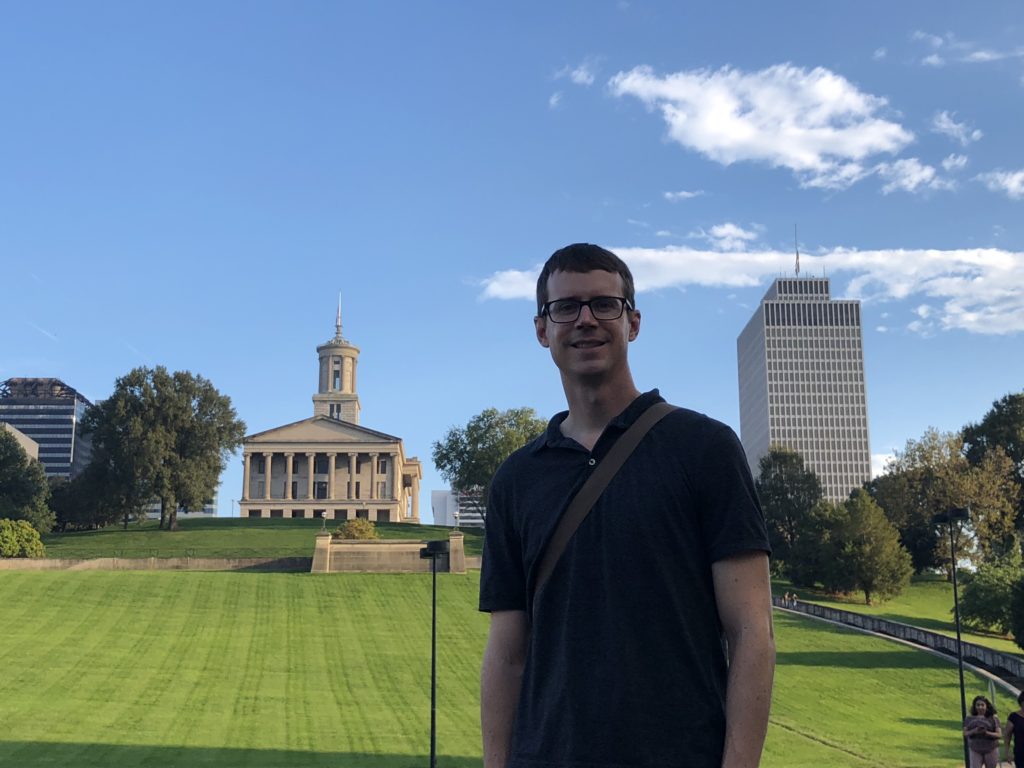
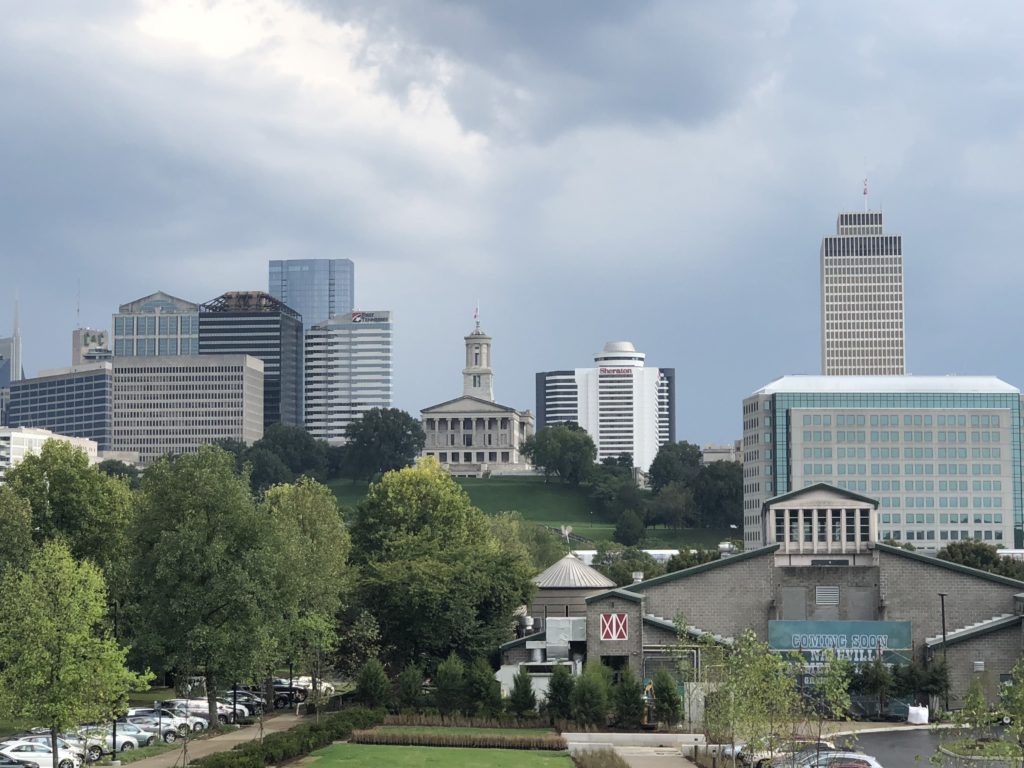
Various Native American peoples initially occupied the land, including Cherokee, Chickasaw, Creek, and Pawnee. They were steadily pushed westwards towards modern-day Oklahoma along the “Trail of Tears”. The city of Nashville was founded in 1779, named after Francis Nash, a war hero from the American Revolutionary War. In the early 1800’s, Tennessee’s scattered settlements transformed into prosperous farm towns with a growing labour force. Transportation and communication innovations improved trade and widened markets for farmers. Steadily, Nashville became both a key port town on the Cumberland River (tributary of the Ohio River) and as a major railroad centre. Major train tracks still run right past the Capitol:
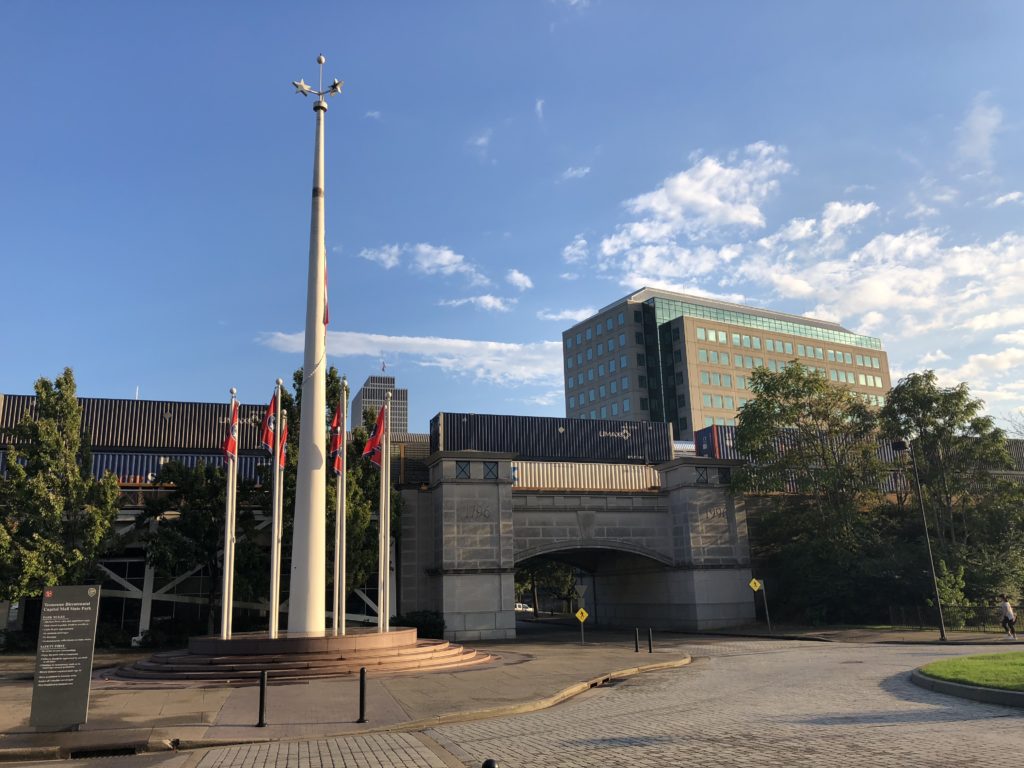
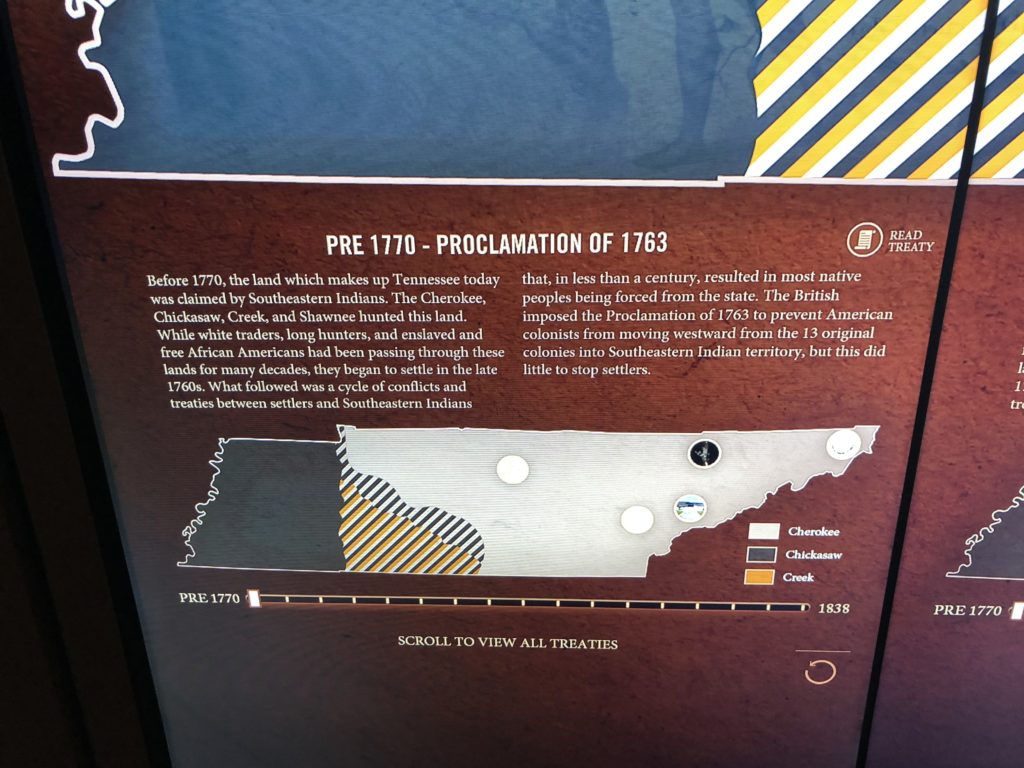
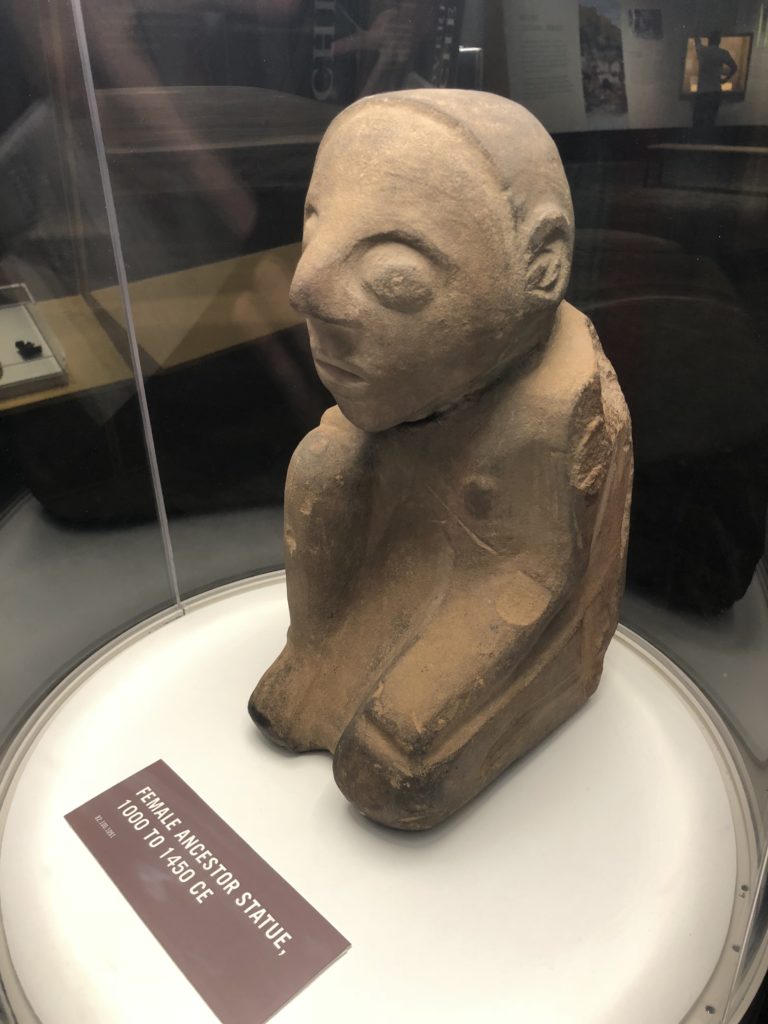
The State’s Civil War history is interesting. Tennessee was extremely divided between the Union and Confederate causes, and turned out to be the state that provided the most troops to both sides. The state did secede from the Union, but a chunk of Eastern Tennessee rebelled against the rebellion, and a convention held in Greeneville attempted to secede itself from Tennessee so as to remain in the Union. This failed, but many continued a campaign of resistance and guerrilla warfare against the Confederates.
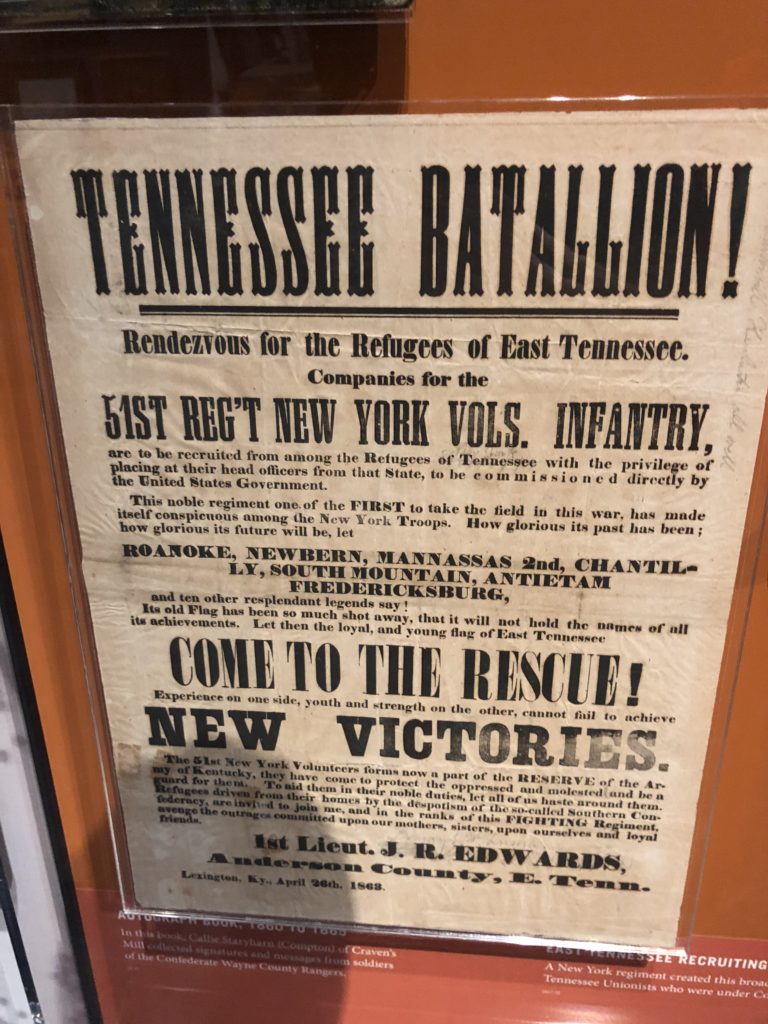
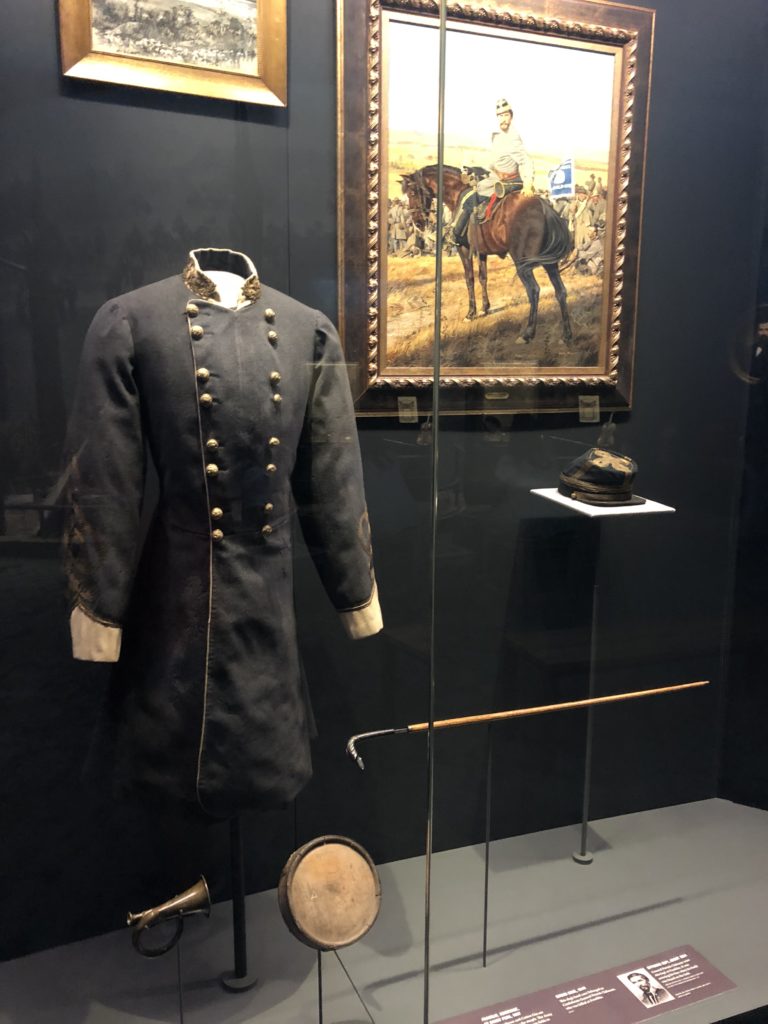
Of course, the State Museum had some great information about Tennessee’s impressive contribution to music history.
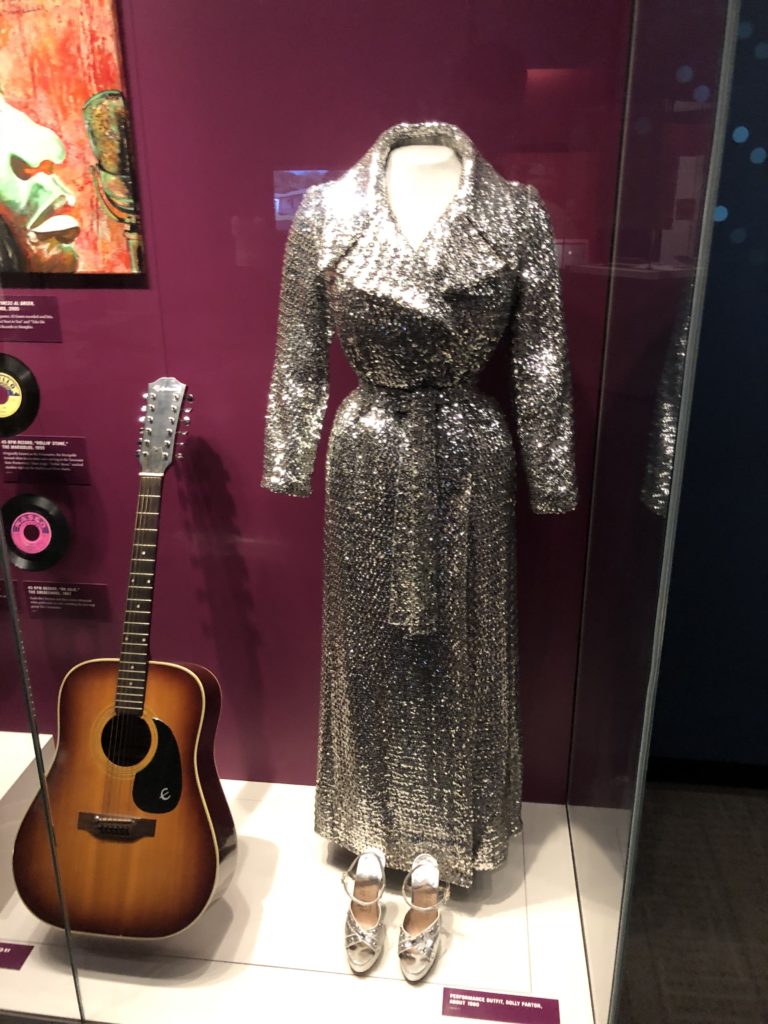
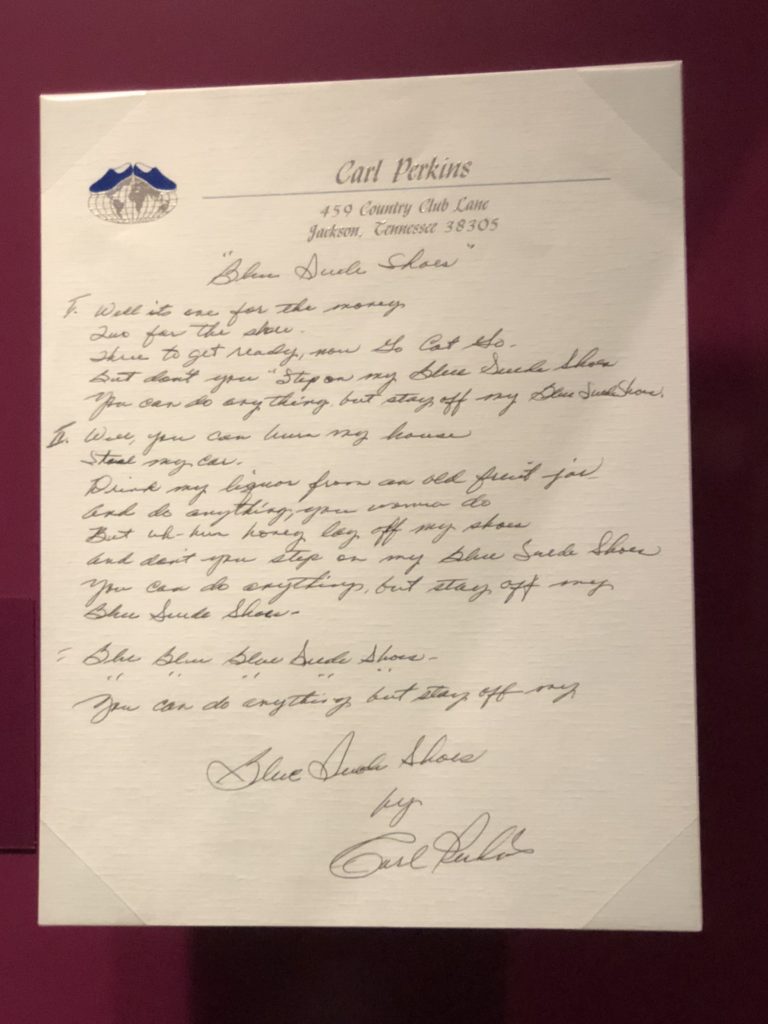
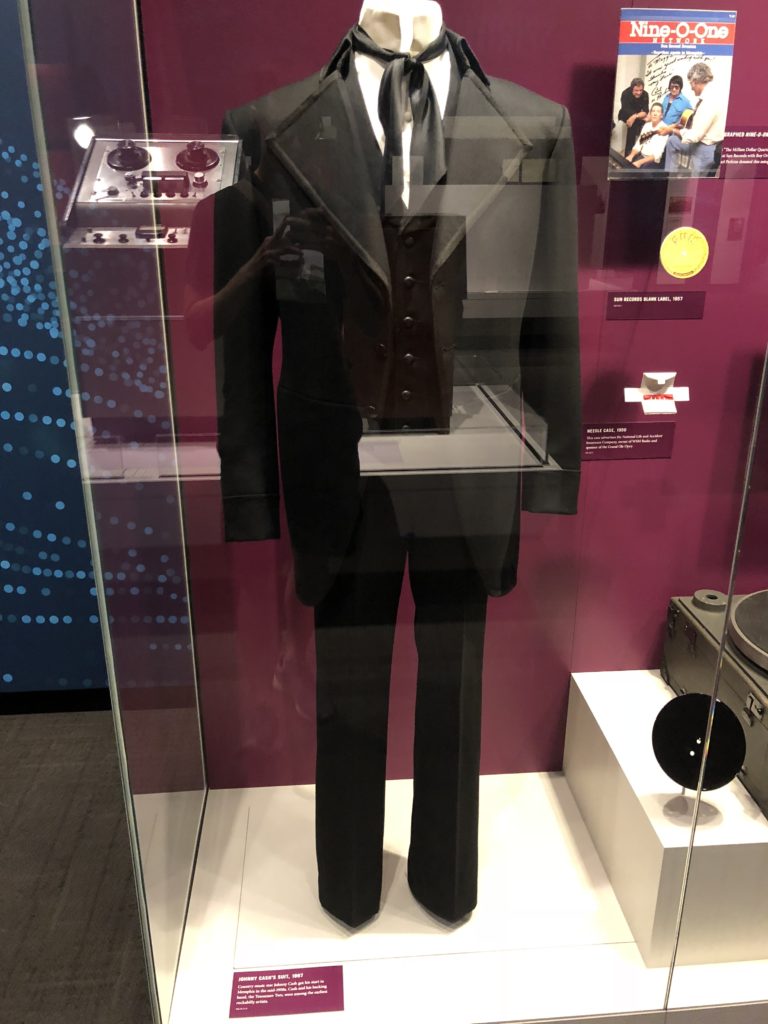
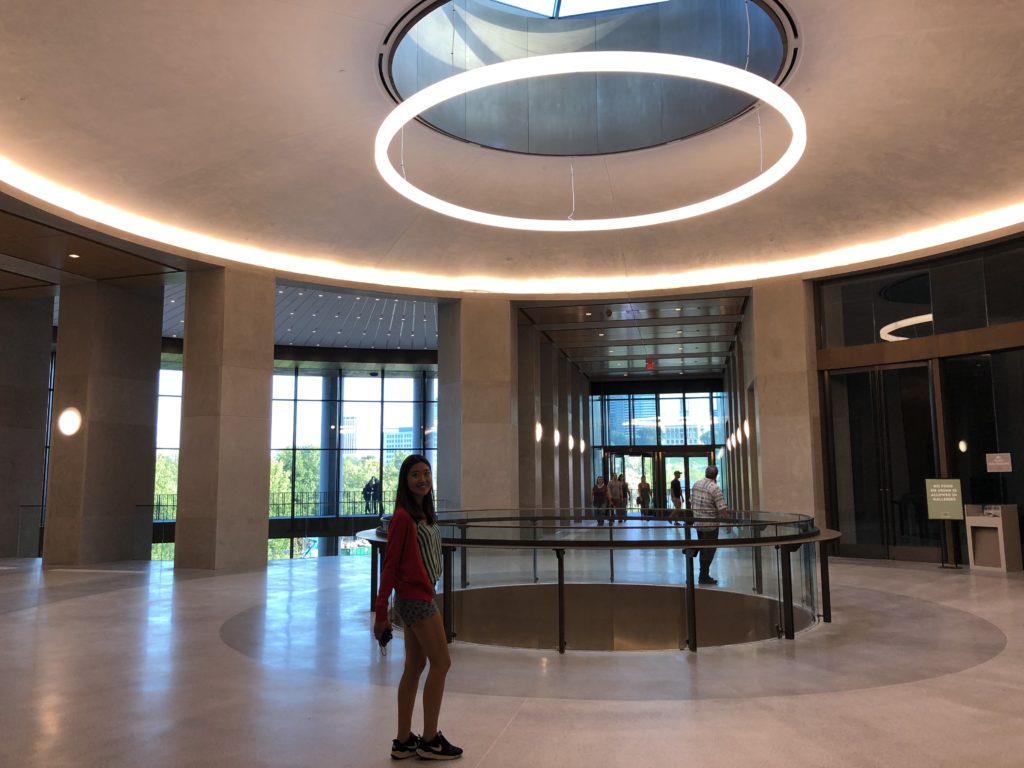
In recent years, Nashville has been booming. The city’s economy was deemed the third fastest-growing in the country in 2017, and it overtook Memphis as Tennessee’s most populous city. They must be doing something right in the Music City.
Just across the Cumberland River from Broadway Street, you get a great view of Nissan Stadium. It was built in the late 90’s after the Houston Oilers agreed to move to Nashville and play as the Tennessee Titans. In the team’s first year as the “Titans” (1999), in the very last seconds of a key Superbowl play-off game against the Buffalo Bills, the Titans pulled off an incredible, risky, last-ditch play that led to a game-winning touchdown. It became known as the “Music City Miracle”. Despite that win, unfortunately the Titans couldn’t come up with a second miracle against the Rams a few weeks later, and lost the Superbowl that year.
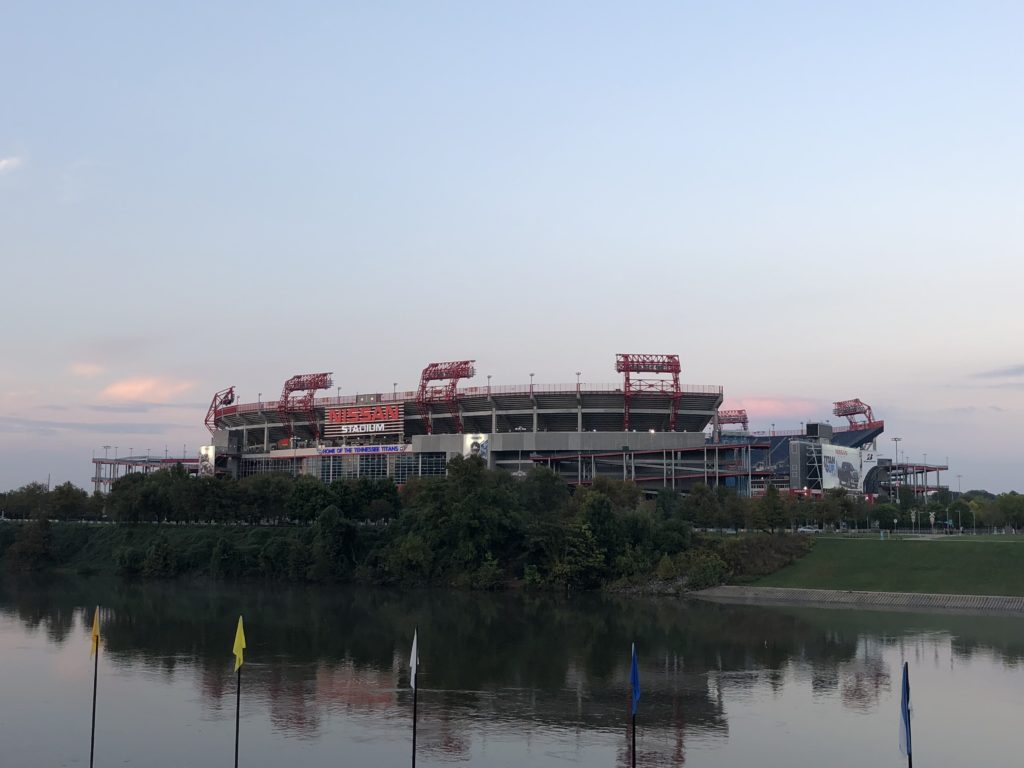
While Memphis has its namesake in the Old World across the Atlantic, Nashville is often referred to as the “Athens of the South”, owing to its large number of universities. We passed by Vanderbilt University on one of our drives – located right in the heart of the city.
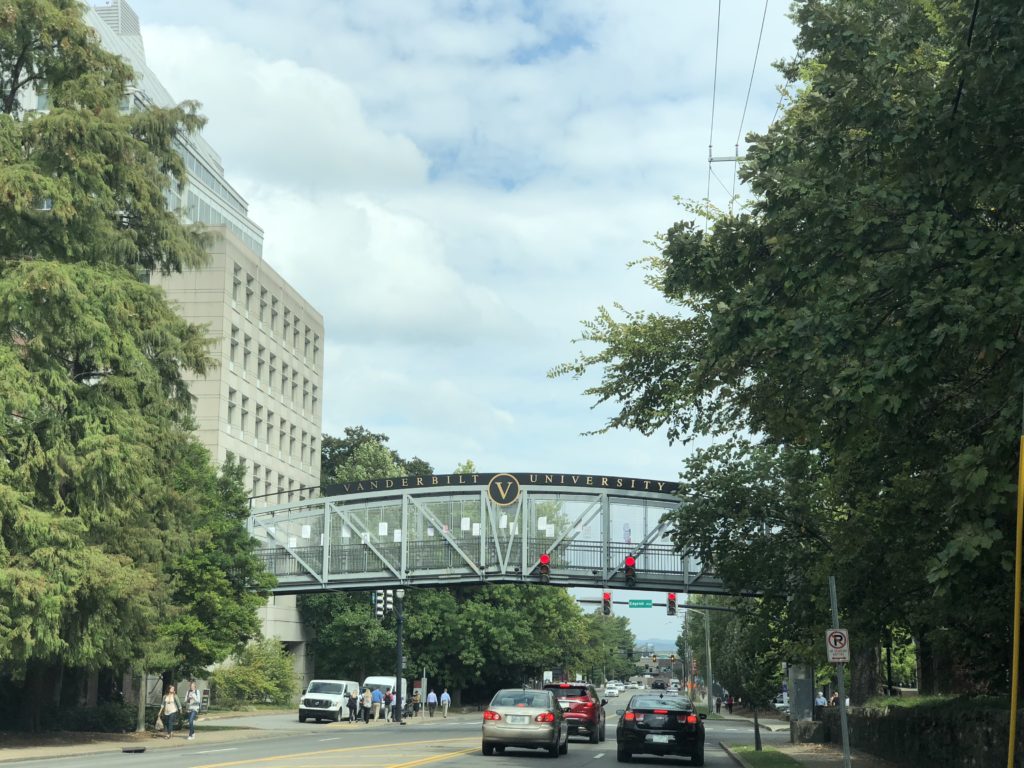
Bizarrely, Nashville is also home to a full-scale exact replica of Athens’ Parthenon. It was built for the Centennial Exhibition in 1897, and stands as a “monument to the pinnacle of classical architecture”. Today it functions as an art museum, located in the lovely Centennial Park.
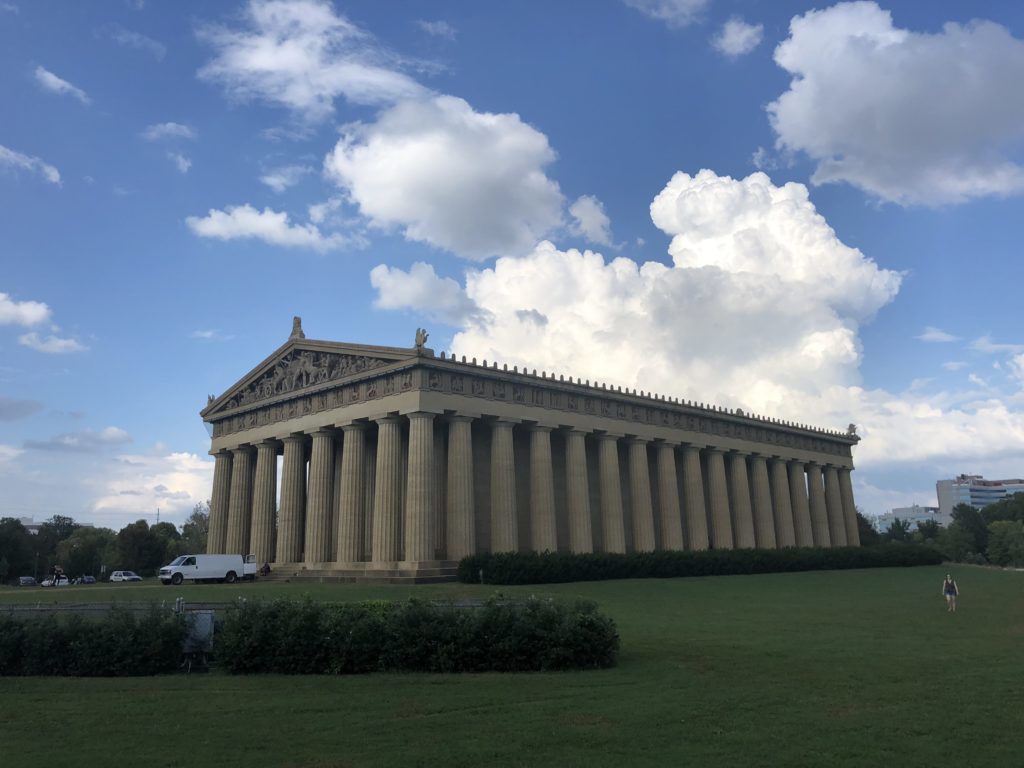

We shifted our bearings northward, and left Nashville in search of some authentic Kentucky bourbon…


